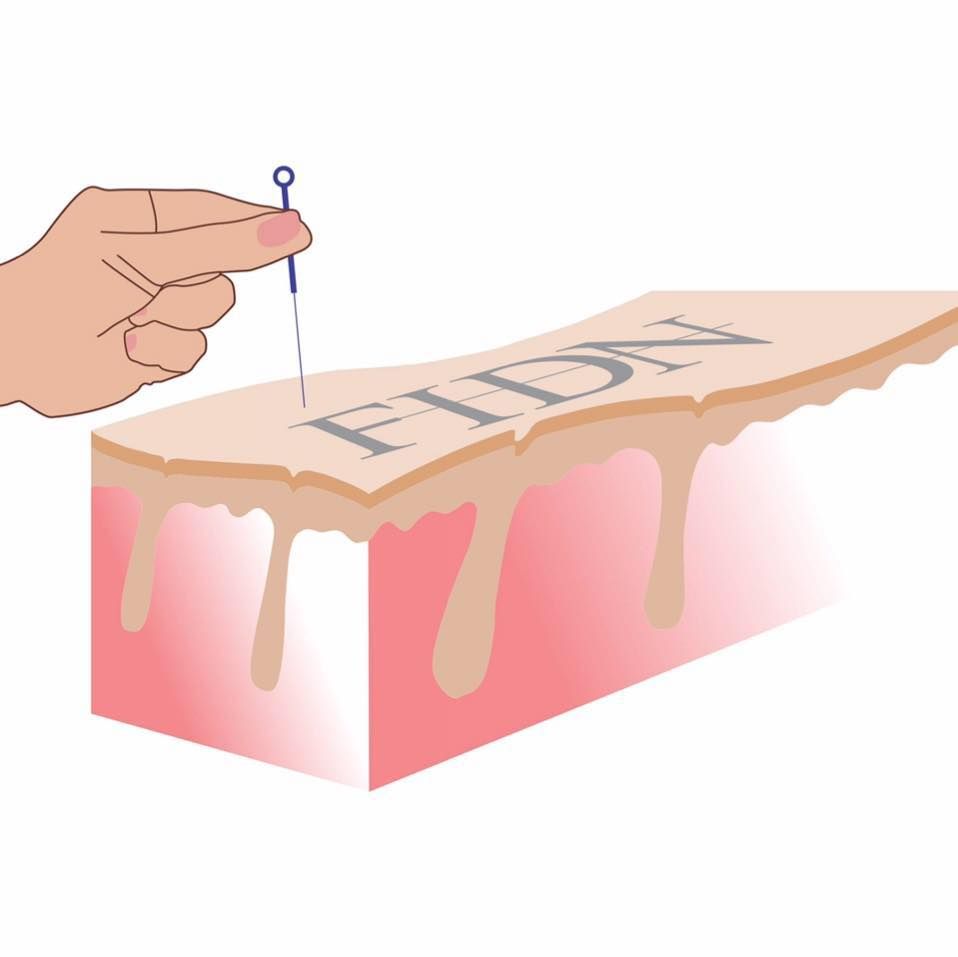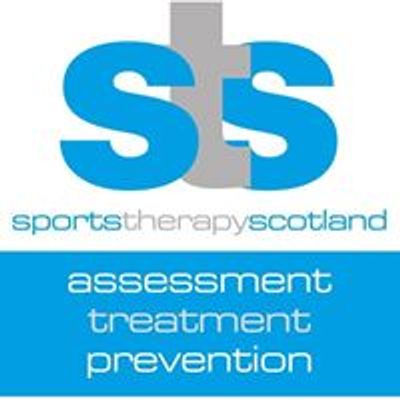
Advertisement
➡️ 2 Day Functional Integrated Dry Needling.➡️ Module 2 - The Peripheral Radicular Pain Module
? Saturday 30th & Sunday 31st July 2022
?? Multi-course booking discounts available see - fidninstitute.com
➡️ Our unique comprehensive step by step manuals are provided to use and keep on each course.
✅ Deposit and zero interest payment options available
☎️call 01413341223 for deposit and payment details.
? [email protected]
SYNOPSIS & COURSE DETAILS
- Muscle Referred Pain is a phenomenon that has been described for more than a Century & has been used extensively as a Diagnostic tool in the clinical Setting.
- Typically Pain from the deep Structures such as Muscles, Joints, Ligaments, Tendons & viscera is Described as Deep, Diffuse & Difficult to locate accurately in contrast to superficial types of pain, such as pain originating in skin.
- Peripheral Radicular Pain Model (Module 2) as the name implies is needling on the flow of Peripheral nerves from Proximal to Distal.
- The presence of the Fascial 8QTAdhesive Band (FAB), Trigger Band (TRB), Fascial Adhesive Areas (FAA), Trigger Point (TRP) which are results of slightest shearing force because the muscle can only withstand longitudinal force & not shearing force, the Nerves sometimes gets Fixed.
- The Referred Pain can be perceived in any region of the body, but the size of the Referred pain area is variable & can be influenced by changes in Somatosensory Maps.
- The process where Nerve gets fixed is called as Neural Fixation in which the Nerve typically losses its ability to glide & Stretch which results in increase in its Intraneural or Perineural Pressure.
- Peripheral Radicular Pain Model (Module 2) follows the standard principles of Neural Mobility & Neural Functions.
- The process in Peripheral Radicular Pain Model (Module 2) addresses the working of dry needles so as to provide freedom of movement to the Peripheral Nerves to maintain Nerve Conduction, Electromagnetic Conduction, Intraneural Blood Supply, Intraneural Nerve Supply, Local & systemic Responsiveness.
COURSE DETAILS
Peripheral Radicular Pain Model (Module-2) is a two day course and has a total credit or CEU’s of 20 HRS which consists of 4 HRS Pre Reading and 16 HRS of practical lab session.
PRE STUDY MATERIAL - Provided
- Interpretation of Referred pain.
- The neural anatomy.
- Understanding peripheral nerve flow.
- Evidence based practice & research support for dry needling.
- Anatomy of muscles & Areas of palpation
Day 1
The functional integrated approach of needling of the following muscles, bands, tendons &
its functional areas of the Lower Limb, Upper Limb & Trunk will be explained in detail with
the practical Lab sessions:
(A) Hip Functional Areas:
(1) Piriformis
(2) Tensor Fasciae Latae (TFL)
(3) Sartorius
(4) Rectus Femoris
(5) Vastus Lateralis
(6) Vastus Medialis.
(B) Knee Functional Areas:
(1) Semitendinosis
(2) Semimembranosis
(3) Biceps Femoris.
Lunch
(C) Shoulder Functional Areas:
(1) Serratus Anterior
(2) Subclavius
(3) Teres Major
(4) Teres Minor
(5) Pectoralis Major
(6) Pectoralis Minor
(7) Middle Trapezius
(8) Lower Trapezius
(9) Serratus Posterior (Inferior)
4:00 pm to 5:00 pm
(D) Forearm Functional Areas:
(1) Supinator
(2) Flexor Pollicis Longus
(3) Flexor Digitorum Profundus
(4) Flexor Pollicis Brevis
(5) Extensor Digitiminimi
(6) Extensor Indices
(7) Extensor Pollicis Longus.
Day 2
The functional integrated approach of needling Upper Limb & Lower Limb nerve pain pathway will be
explained in details with the practical Lab sessions:
(A) Upper Limb Nerve Pain Pathway:
(1) Axillary Nerve Flow
(2) Musculocutaneous Nerve Flow
(3) Radial Nerve Flow
(4) Median Nerve Flow
(5) Ulnar Nerve Flow
Lunch
(B) Lower Limb Nerve Pain Pathway:
(1) Sciatic Nerve with Tibial Nerve Flow
(2) Obturator Nerve Flow
(3) Femoral Nerve with Saphenous Nerve Flow
3:30 pm to 4:30 pm
(C) Movement Disorders with Functional Areas:
(1) Achilles Tendinitis
(2) Shoulder complex Dysfunction.
4:30 pm To 5 pm
Exam Theory & Practical
Advertisement
Event Venue & Nearby Stays
Sports Therapy Scotland, Glasgow And Stirling,Glasgow, United Kingdom
Tickets
